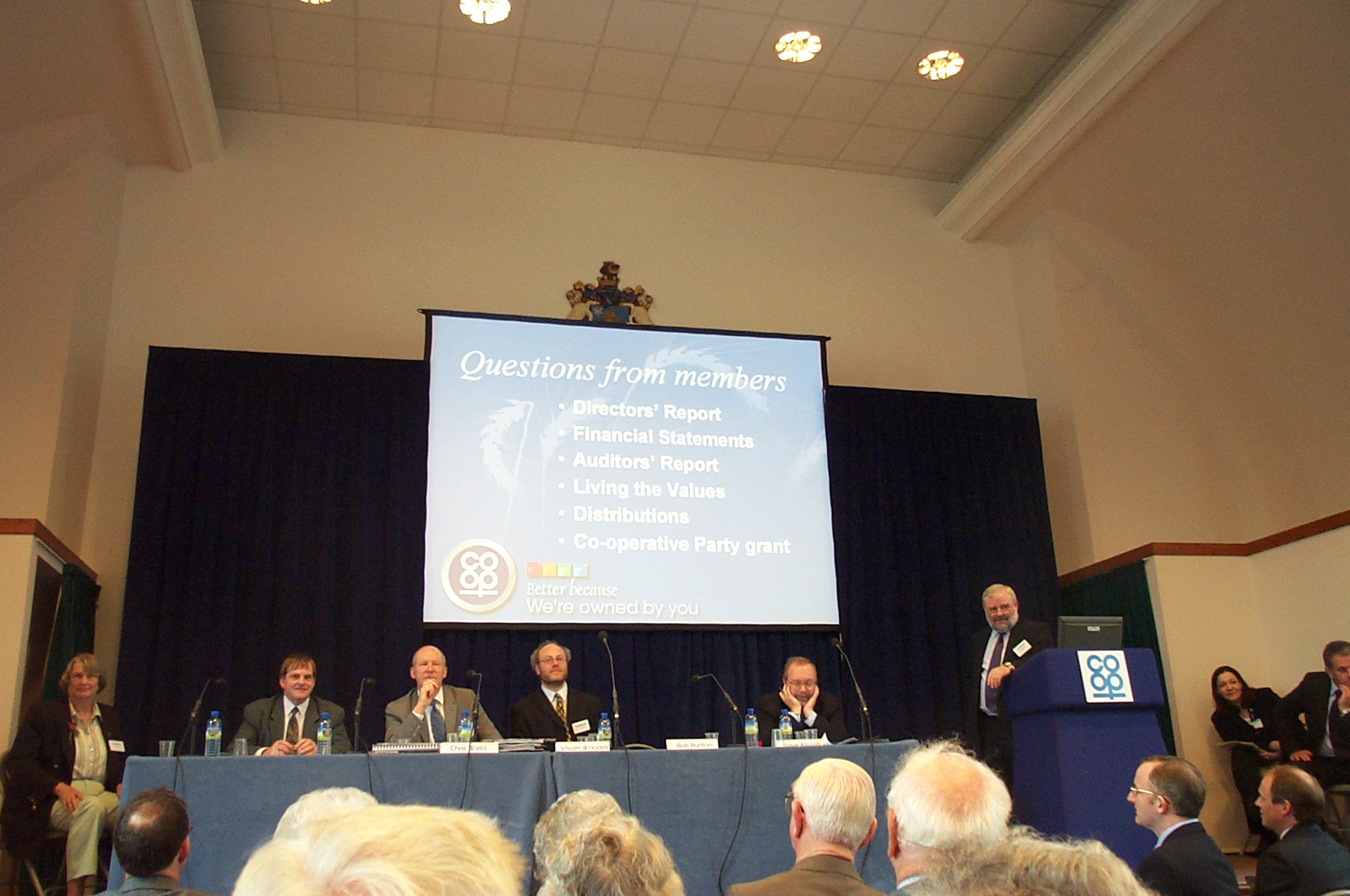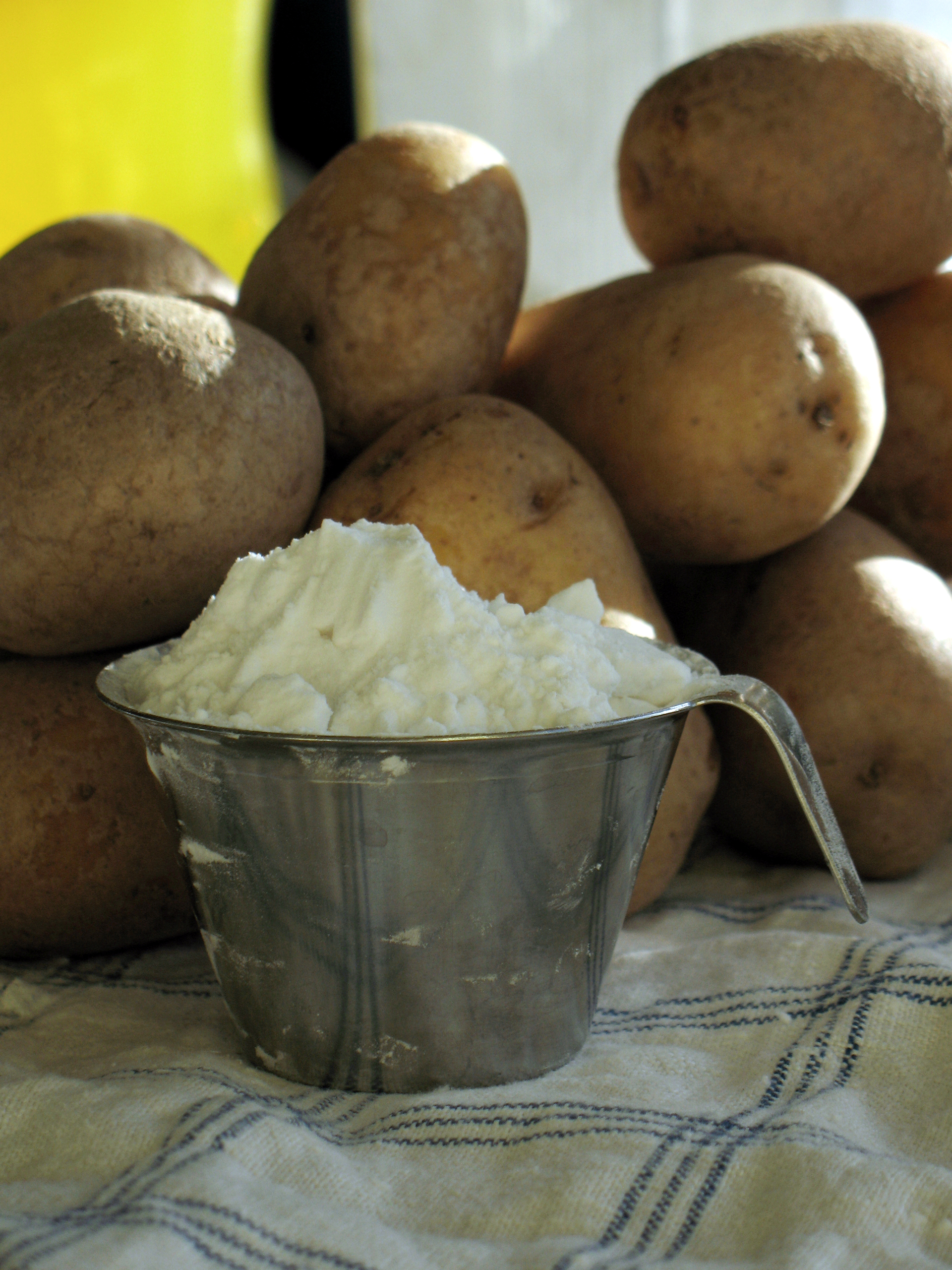|
De Krim
De Krim is a village in the municipality of Hardenberg part of the province of Overijssel, Netherlands. The village started as a peat excavation village. History In 1832, the Lutterhoofdwijk canal was dug as a side canal of the to excavate the peat in the area, and a settlement developed along the canal. On 17 October 1857, it was first mentioned as De Krim (Dutch for Crimea). That year, there was a riot among the peat workers which was suppressed by the Royal Marechaussee; the heavy-handedness of the police action was compared to the Crimean War. De Krim is a popular place name, and occurs 17 times in the Netherlands, including the nearby Nieuwe Krim which begins with Nieuw (New) to distinguish from this village. In 1862, De Krim obtained an official concession to excavate the peat. From 1890 onwards, the economy was based on potatoes, and in 1906, a potato starch factory opened. In 1911, the factory closed, but reopened as a cooperative and was renamed Onder Ons (Between Us) ... [...More Info...] [...Related Items...] OR: [Wikipedia] [Google] [Baidu] |
Village
A village is a clustered human settlement or community, larger than a hamlet but smaller than a town (although the word is often used to describe both hamlets and smaller towns), with a population typically ranging from a few hundred to a few thousand. Though villages are often located in rural areas, the term urban village is also applied to certain urban neighborhoods. Villages are normally permanent, with fixed dwellings; however, transient villages can occur. Further, the dwellings of a village are fairly close to one another, not scattered broadly over the landscape, as a dispersed settlement. In the past, villages were a usual form of community for societies that practice subsistence agriculture, and also for some non-agricultural societies. In Great Britain, a hamlet earned the right to be called a village when it built a church. [...More Info...] [...Related Items...] OR: [Wikipedia] [Google] [Baidu] |
Crimea
Crimea, crh, Къырым, Qırım, grc, Κιμμερία / Ταυρική, translit=Kimmería / Taurikḗ ( ) is a peninsula in Ukraine, on the northern coast of the Black Sea, that has been occupied by Russia since 2014. It has a population of 2.4 million. The peninsula is almost entirely surrounded by the Black Sea and the smaller Sea of Azov. The Isthmus of Perekop connects the peninsula to Kherson Oblast in mainland Ukraine. To the east, the Crimean Bridge, constructed in 2018, spans the Strait of Kerch, linking the peninsula with Krasnodar Krai in Russia. The Arabat Spit, located to the northeast, is a narrow strip of land that separates the Sivash lagoons from the Sea of Azov. Across the Black Sea to the west lies Romania and to the south is Turkey. Crimea (called the Tauric Peninsula until the early modern period) has historically been at the boundary between the classical world and the steppe. Greeks colonized its southern fringe and were absorbed b ... [...More Info...] [...Related Items...] OR: [Wikipedia] [Google] [Baidu] |
Gramsbergen
Gramsbergen ( Dutch Low Saxon: ''Grambarge'') is a small Dutch city on the Vechte, located in the municipality of Hardenberg and the province of Overijssel. The town is located on corridors of different transportation modes: The N34 (Zwolle - Emmen), the Zwolle - Emmen railway and the Almelo - de Haandrik canal. History Gramsbergen and its hamlets have been inhabited since pre-historic times. In the 'Cultuur Historisch Informatie Centrum Vechtdal' (The Historical and Cultural Center of Vechtdal), in the centre of Gramsbergen, several archaeological artefacts are exhibited. These artefacts come from settlements from around 8000 BC. It was first mentioned in 1227 as Bergene, and means "the hill of Gram (person)". It received city rights in 1442. Gramsbergen developed on higher ground along the Vechte. In 1227, the Battle of Ane was fought to the west of Gramsbergen during which the bishop of Utrecht was defeated by the citizens of Drenthe. In 1339, , a '' havezate'', was bui ... [...More Info...] [...Related Items...] OR: [Wikipedia] [Google] [Baidu] |
Birdwatcher
Birdwatching, or birding, is the observing of birds, either as a recreational activity or as a form of citizen science. A birdwatcher may observe by using their naked eye, by using a visual enhancement device like binoculars or a telescope, by listening for bird sounds, or by watching public webcams. Most birdwatchers pursue this activity for recreational or social reasons, unlike ornithologists, who engage in the study of birds using formal scientific methods. Birding, birdwatching, and twitching The first recorded use of the term ''birdwatcher'' was in 1901 by Edmund Selous; ''bird'' was introduced as a verb in 1918. The term ''birding'' was also used for the practice of ''fowling'' or hunting with firearms as in Shakespeare's ''The Merry Wives of Windsor'' (1602): "She laments sir... her husband goes this morning a-birding." The terms ''birding'' and ''birdwatching'' are today used by some interchangeably, although some participants prefer ''birding'', partly because i ... [...More Info...] [...Related Items...] OR: [Wikipedia] [Google] [Baidu] |
Cooperative
A cooperative (also known as co-operative, co-op, or coop) is "an autonomous association of persons united voluntarily to meet their common economic, social and cultural needs and aspirations through a jointly owned and democratically-controlled enterprise".Statement on the Cooperative Identity. '' International Cooperative Alliance.'' Cooperatives are democratically controlled by their members, with each member having one vote in electing the board of directors. Cooperatives may include: * es owned and managed by the people who cons ... [...More Info...] [...Related Items...] OR: [Wikipedia] [Google] [Baidu] |
Potato Starch Potato starch is starch extracted from potatoes. The cells of the root tubers of the potato plant contain leucoplasts (starch grains). To extract the starch, the potatoes are crushed, and the starch grains are released from the destroyed cells. The starch is then left to settle out of solution or separated by hydrocyclones, then dried to powder. Potato starch contains typical large oval spherical granules ranging in size from 5 to 100 μm. Potato starch is a refined starch, containing minimal protein or fat. This gives the powder a clear white colour, and the cooked starch typical characteristics of neutral taste, good clarity, high binding strength, long texture, and minimal tendency to foaming or yellowing of the solution. Potato starch contains approximately 800 ppm phosphate bound to the sta |




